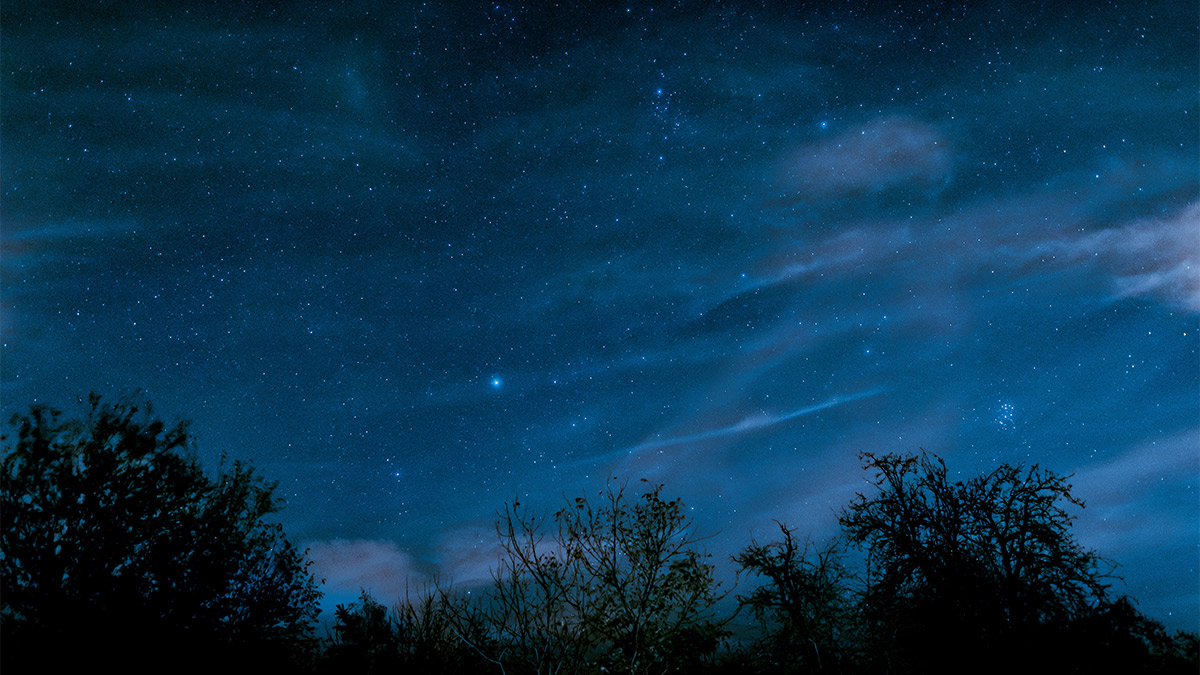Published:

Heriot-Watt scientists in Edinburgh will be working with colleagues across the UK to pilot the development of a laser system for the Extremely Large Telescope (ELT), which is under construction at the European Southern Observatory (ESO) in the Atacama Desert in Chile.
The ELT is halfway through construction. By the time it is finished, it will be the world's “biggest eye on the sky” and will be fitted with a range of next-generation instruments that astronomers say will allow them for the first time to detect the faint signatures of Earth-like planets.
Professor Derryck Reid from the School of Engineering and Physical Sciences at Heriot-Watt University is part of a team that has been awarded £6.8 million by UK Research and Innovation (UKRI) to develop an instrument that will form part of a new laser system.
We aim to develop a system covering an unprecedented wavelength range, from the ultraviolet to the infrared, allowing astronomers to track tiny changes in the wavelength of starlight that may answer key questions like, 'Is the universe expanding faster?'
Heriot-Watt University is part of an international team that is developing the ANDES instrument, which will be used to search for signs of life in Earth-like exoplanets, find the universe's first stars and measure the acceleration of the universe's expansion.
Professor Reid said: “We've been funded to scope the design and delivery of an astrocomb laser system. Astronomers will use it to calibrate measurements made by the ANDES spectrograph, enabling observations over many years with the sensitivity needed to reveal Earth-like planets and detect subtle changes in the universe's expansion.
“Much like the millimetre scale on a ruler allows you to measure distances accurately, an astrocomb is a spectrum of light structured as regularly spaced colours that allow astronomers to measure wavelength very precisely.
“We aim to develop a system covering an unprecedented wavelength range, from the ultraviolet to the infrared, allowing astronomers to track tiny changes in the wavelength of starlight that may answer key questions like, “Is the universe expanding faster?” and, “Are the fundamental constants of physics really constant?”
Funding for the UK team will support development until 2027. If it receives final funding from the ESO, Heriot-Watt's astrocomb laser system will be tested by European collaborators before its final journey to the Atacama Desert in Chile and installation on the ELT.
Professor Reid and his team are experts in photonics, which is the science and technology of light. They are working to find out the different ways we can manipulate and exploit light.
Professor Derryck Reid said: “Photonics is transforming astronomy and so many other fields. It's exciting to think how it will help address some of the 21st century's challenges closer to home, whether providing sensors for self-driving cars or monitoring greenhouse gas emissions.”